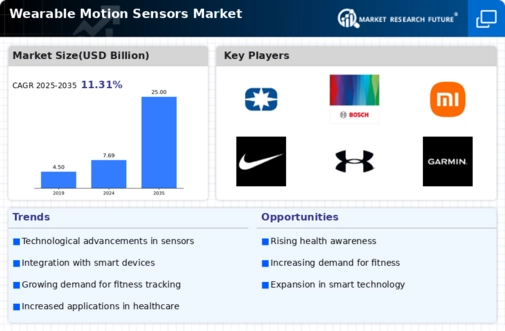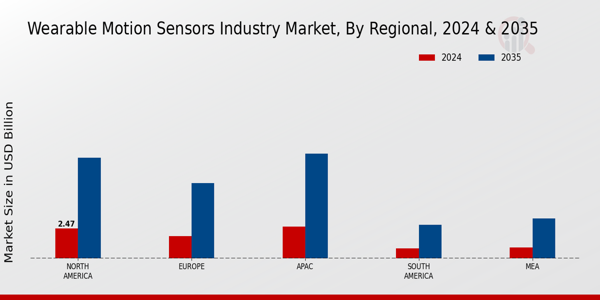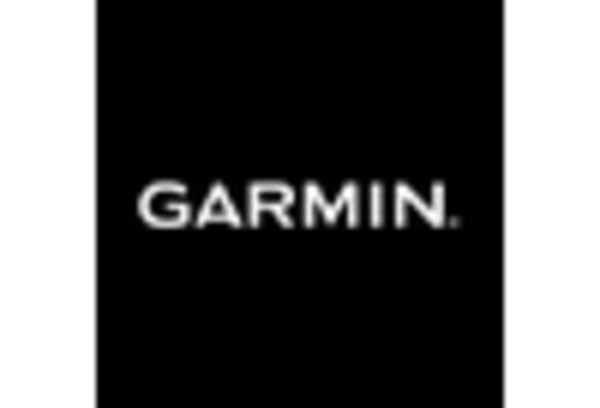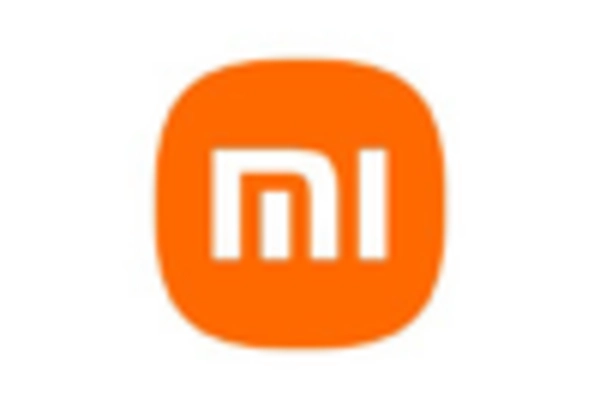The Wearable Motion Sensors Market has seen significant advancements in technology and a shift towards health and fitness applications, making it highly competitive and diverse. This market comprises various segments, including accelerometers, gyroscopes, and magnetometers, all of which enable the tracking of motion in devices ranging from fitness trackers and smartwatches to virtual reality systems.
The rising consumer awareness of health and well-being has accelerated the demand for wearable motion sensors, leading to an influx of product innovations and increased competition among established and emerging players.
The landscape is characterized by strategic collaborations, mergers, and acquisitions aimed at enhancing product portfolios and expanding market reach, driving companies to invest significantly in research and development to maintain a competitive edge.
Polar is a noteworthy player in the Wearable Motion Sensors Market, recognized for its strong focus on fitness and sports performance monitoring. The company has established a robust market presence due to its commitment to quality and innovation, offering a wide range of wearable devices that incorporate advanced motion-sensing technology.
Polar's strengths lie in its rich experience in sports and fitness analytics, providing users with accurate tracking of heart rate, activity, and exercise performance. This expertise enables the company to deliver highly specialized products designed for athletes and fitness enthusiasts, which resonates well with the health-conscious consumer base.
Polar's strong brand reputation, combined with its cutting-edge technology integrations, contributes to its competitive positioning in the market, making it a favorite among users looking for reliable and sophisticated motion sensor solutions.
Bosch stands out in the Wearable Motion Sensors Market with its diverse technological capabilities and holistic approach to sensor solutions. The company leverages its extensive research and development capabilities to create highly accurate and reliable motion sensors that cater to various applications, including health monitoring and smart wearable devices.
Bosch's strengths lie in its innovative product offerings, which incorporate state-of-the-art MEMS technology, allowing for miniaturization and improved energy efficiency. The company's emphasis on sustainability and smart technology further enhances its appeal in the market, attracting a wide range of consumer segments.
Bosch’s strong partnerships with device manufacturers and continuous investment in product development and innovation position it favorably for future growth, ensuring that it remains a crucial player in the wearable motion sensor space.

















Leave a Comment